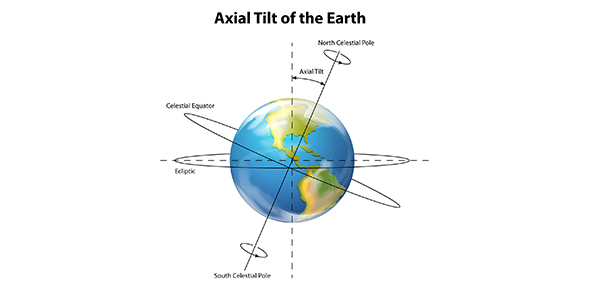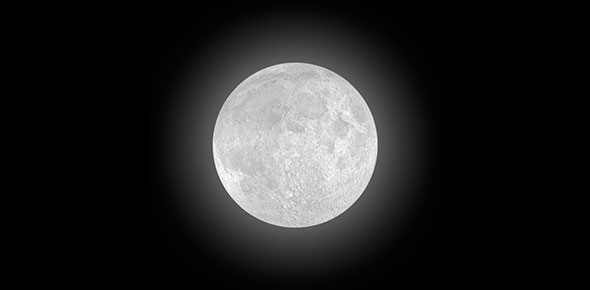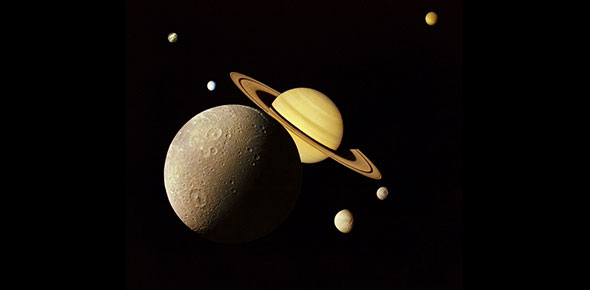Related Flashcards
Related Topics
Cards In This Set
| Front | Back |
|
The Predominant color of an emission nebula is
|
A)Red, from the hydrogen Balmer H(alpha) line.
|
|
What proccess makes an emission nebular glow
|
C) light emitted when electrons jump between energy states in hydrogen atoms.
|
|
Where are H II regions found
|
A) around hot stars
|
|
What radiation ionizes the hydrogen in an H II region?
|
A) altraviolet radiation from O and B stars
|
|
The bright stars at the center of an H II region (an emission nebular) are mostly
|
A) young O and B stars
|
|
Star clusters of the same type and structure appear to become fainter than expected, on the basis of the inverse square law alone, as distance from the sun increases. this is because
|
C) some of the light is scattered and absorbed by interstellar dust and gas between distant clusters and Earth
|
|
What is the most abundant element in the universe
|
B) Hydrogren
|
|
What is a protostar?
|
A) a contracting sphere of gas produced by the collapse of an interstellar cloud with, as yet, no nuclear reactions occuring in its interior.
|
|
In what region of the Hertzspring-Russell diagram will a newly formed protostar first appear when it begines to shine at visible wavelength?
|
D) upper right side--relatively large luminosity but cool
|
|
What places a limit on the lifetime of a star?
|
B) amount of available nuclear fuel it contains
|
|
What particular feature of stellar behavior is associated with the fact that a star is on the main sequence in the Hertzsprung-Russell diagram?
|
A) The star is generating internal energy by hydrogen fusion in its core.
|
|
Why does the core of the sun contain more helium and less hydrogen than the surface material of the sun?
|
A) thermonuclear reactions have converted much of the original hydrogen in the core into helium
|
|
What is the most important quantity on which the lifetime of a star depends?
|
D) star's speed of rotation
|
|
The event which marks the end of the main sequence lifetime of a star is
|
C) the end of the hydrogen fusion in the core
|
|
What is a red giant?
|
D) a star burning hydrogen into helium in a shell around the core
|







